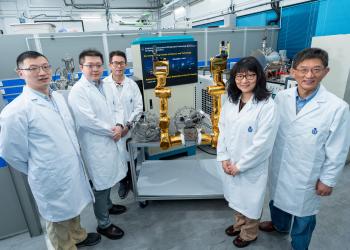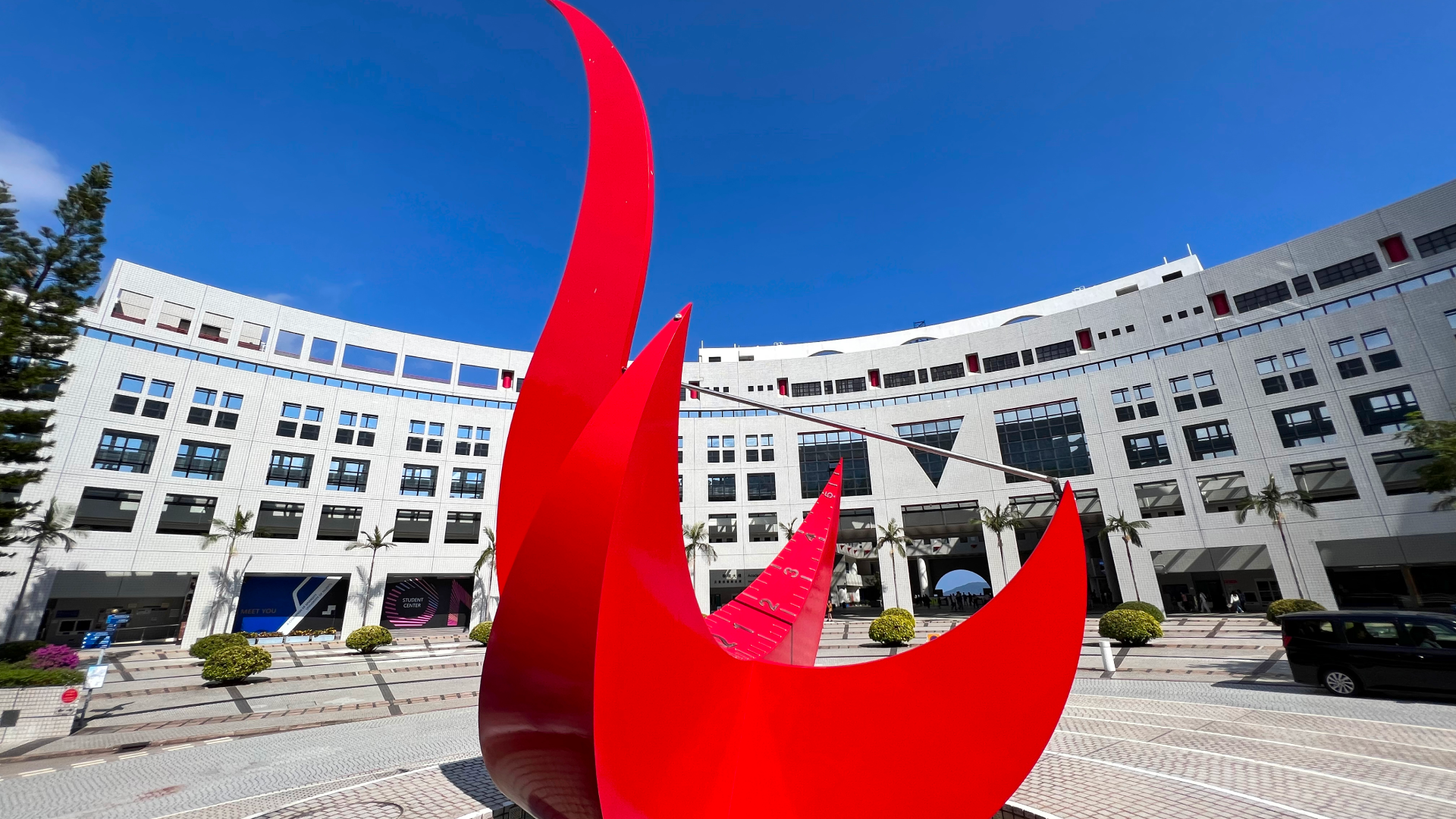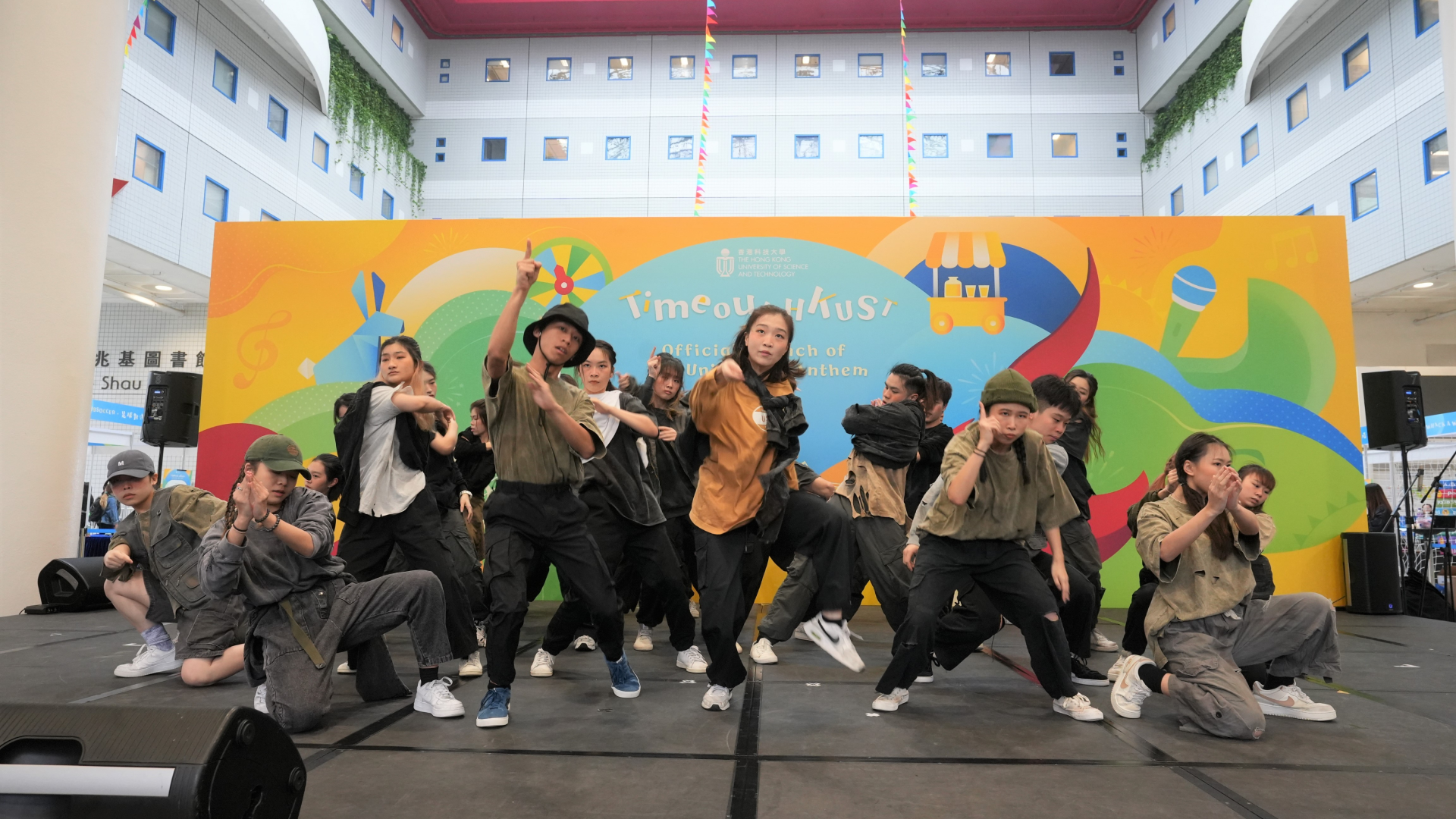News & Stories
2025
News
HKUST Researchers Uncover Key Transport Mechanisms in Cells, Shedding Light on Causes of Genetic Diseases
A research team led by Prof. GUO Yusong, Associate Professor of the Division of Life Science at The Hong Kong University of Science and Technology (HKUST) has made a significant breakthrough in understanding how cells manage the intricate internal transport of proteins, a process fundamental to life and implicated in several hereditary diseases. By employing an innovative vesicle proteomics platform, the team has systematically identified new cargo proteins and key accessory factors for two critical cellular transport complexes, AP-1 and AP-4. The findings, published in Proceedings of the National Academy of Sciences (PNAS), combine innovative vesicle reconstitution techniques with quantitative mass spectrometry-based proteomics to unveil a comprehensive map of previously unknown cargo proteins and regulatory factors.

News
HKUST Researchers Unlock Why Arctic Ice Melt Paused
A research team led by The Hong Kong University of Science and Technology (HKUST) scholars has discovered a significant slowdown in Arctic sea ice melting since 2012, with the decrease rate of 11.3% per decade to an insignificant downward trend of only −0.4% per decade. This phenomenon is closely related to a shift in the North Atlantic Oscillation (NAO) pattern, from a negative phase to its positive phase, which traps cold air within the Arctic region. It is projected to peak between 2030 and 2040, after which the Arctic could enter a new phase of accelerated ice melt. Without reductions in greenhouse gas emissions, this may trigger severe climate and environmental crises within decades.

News
HKUST Leads International "Hong Kong Operation Robot" Project
The Hong Kong University of Science and Technology (HKUST) has been appointed by the China National Space Administration (CNSA) to lead the international "Hong Kong Operation Robot" project for the Chang'E-8 mission. The project will unite global aerospace scholars and experts to develop a multi-functional lunar surface operation robot. Equipped with a mobile charging station and capable of dexterous operations, the robot is designed to make significant contributions to the nation's lunar exploration missions.

News
HKUST-Led Study Warns of Climate “Whiplash” Threatening Global Stability by 2064
A groundbreaking climate study led by The Hong Kong University of Science and Technology (HKUST), in collaboration with an international research team, reveals that a under high-emission scenario, Northern Hemisphere summer monsoons region will undergo extreme weather events starting in 2064. Asia and broader tropical regions will face frequent "subseasonal whiplash" events, characterized by extreme downpours and dry spells alternating every 30 to 90 day which triggers climate disruptions with catastrophic impacts on food production, water management, and clean energy systems.

News
HKUST Prof. LAW Kam-Tuen Named "New Cornerstone Investigator" – Hong Kong's Only Honoree this Year
Prof. LAW Kam-Tuen, Chair Professor of the Department of Physics and the Director of Research Office at The Hong Kong University of Science and Technology (HKUST), has been named a "New Cornerstone Investigator" by the Tencent-funded New Cornerstone Science Foundation. The prestigious award will provide up to RMB 15 million over five years to support his research efforts in quantum physics.Among 35 distinguished scientists selected this year from across the nation, Prof. Law is the sole honoree from Hong Kong, underscoring HKUST’s leading role in fundamental scientific research.

News
HKUST Researchers Pioneer Pathway to Mechanical Intelligence by Breaking Symmetry in Soft Composite Materials
A research team, led by Prof. XU Qin from the Department of Physics (PHYS) and Prof. HU Wenqi from the Department of Mechanical and Aerospace Engineering (MAE) at The Hong Kong University of Science and Technology (HKUST), has developed soft composite systems with highly programmable, asymmetric mechanical responses. By integrating “shear-jamming transitions” into compliant polymeric solids, this innovative work enhances key material functionalities essential for engineering mechano-intelligent systems— a major step toward the development of next-generation smart materials and devices.

Stories
Predicting the Possible: Prof. DAI Xi’s Persistent Climb to Future Science Prize
Physics unlocks many of the universe’s enigmas, thanks to the relentless dedication of many great minds. Among them is Prof. DAI Xi, the Dr William M W Mong Professor of Nanoscience and Chair Professor of Physics at The Hong Kong University of Science and Technology (HKUST). His theoretical work in condensed matter physics and topological materials research has added fresh perspectives to modern physics, earning him the prestigious 2025 Future Science Prize—widely regarded as China’s equivalent to the Nobel Prize.

News
Prof. GUO Yike Elected as International Member of the Chinese Academy of Engineering
Prof. GUO Yike, Provost and Chair Professor of the Department of Computer Science and Engineering and the Department of Electronic and Computer Engineering at The Hong Kong University of Science and Technology (HKUST), has been elected as an International Member of the Chinese Academy of Engineering (CAE) in recognition of his exceptional contributions to the Information and Electronics Engineering Division. The CAE is the nation's highest academic institution in engineering sciences and technology, and membership is considered as the highest lifelong academic honor in the field.






